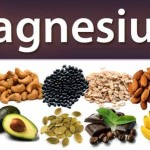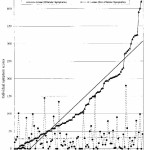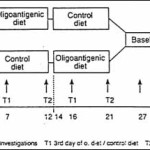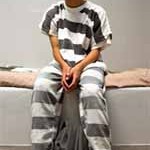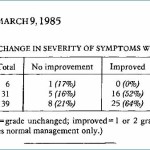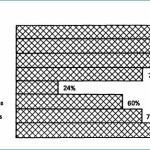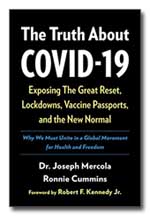This gallery contains 3 photos.
Annales Academiae Medicae Stetinensis, 1998;44:297-314 Deficiencies of magnesium, copper, zinc, calcium, and iron occur more in children with ADHD, and magnesium deficiency is the most frequent. Starobrat-Hermelin studied a group of 110 hyperactive children who also had a variety … Continue reading

